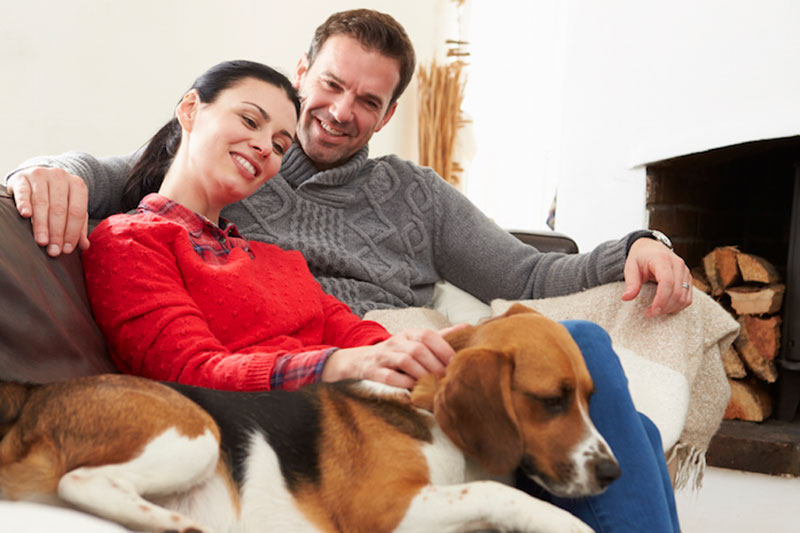
Having cozy heating and cooling in Marshalltown, Iowa, throughout the year appears to be a great approach. But in reality, how can you keep your home cozy while controlling energy costs?
Keeping your home cozy when it’s cold isn’t as difficult as you anticipate. But at times you might require professional assistance if you’re having hot and cold spots. Or if your furnace doesn’t provide comfort like it previously did.
If you’re having comfort trouble or need furnace repair, the heating and cooling pros at Kapaun & Brown can help. Get in touch with us at 641-321-6747 to request an appointment now.
For the time being, here are a couple of tips on how to manage your thermostat during the winter.
Decrease Settings When You Go Out
Decreasing the thermostat 10–15 degrees while you’re out for the day can save 5–15% on your energy costs, according to the Department of Energy. If your home is empty during the day, this is a great method to reduce expenses. And when you consider what even 5% could do for your heating expenses, that can make a major difference!
Lower the Setting Why You Sleep
You can also turn down the temperature before you go to sleep. It actually benefits more than only your heating expenses! The ideal temperature for falling asleep is 60-67 degrees, according to the National Sleep Foundation. Your body cools off naturally to help you fall asleep, so keeping your room chilly could help you go to sleep faster.
Invest in a Smart Thermostat
One point to think about if you don’t already use it—a smart thermostat. You won’t have to walk over to the thermostat to change it. In reality, you can lower it from almost any location with your web-enabled device. A Wi-Fi thermostat also learns your loved ones’ schedule and automatically changes the setting to help you save more on utilities.
Relax in a More Comfortable Home with Assistance from the Heating and Cooling Specialists
Even if you don’t make extreme changes to your temperature, a little adjustment can impact your gas costs.
While you are getting your thermostat under control, there are several other things to keep in mind during the winter.
- Set an appointment for routine furnace maintenance. Heating service double-checks your system is heating appropriately and could help make your furnace more efficient.
- Check your air filter. If you don’t view light through it, you’re due to get a new one.
Both of these steps will help confirm your heater is in ideal form to keep your home warm.
If you need help putting in a smart thermostat or have HVAC concerns, contact the pros at Kapaun & Brown to receive outstanding guidance. You can get in touch with us at 641-321-6747 or request an appointment online.
